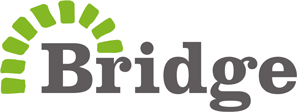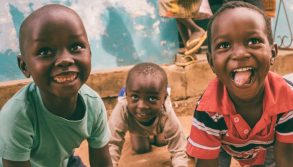Ten facts about education in Sub-Saharan Africa
16 September 2019
The United Nations Educational, Scientific and Cultural Organization (UNESCO) Institute for Statistics (UIS) regularly measures and reports on the progress of Sustainable Development Goal 4 (SDG4: education for all by 2030) across eight UIS regions—nine if you include ‘world’.
Africa is split into two regions by UIS, these being Sub-Saharan Africa and Northern Africa and Western Asia.
A September 2019 release revealed the following about the status of education in Sub-Saharan Africa:
1. Of all the regions in the world, Sub-Saharan Africa has the worst rate of education exclusion—more than one-fifth of children aged 6-11 are out of school, followed by one-third of youth between 11-14 (UNESCO)
2. Girls are more likely to be out-of-school at primary school age than boys, at 21.4% and 16.3% respectively (UNESCO; Table 1)
3. This rises to 33.6% of girls and 28.9% boys who are out-of-school, when you combine measurements across primary, lower-secondary and secondary education (UNESCO; Figure 4)
4. Twenty percent of children in Sub-Saharan Africa Are “unlikely to ever enter school,” on par in percentage terms with the global figure. It is exceeded by Southern Asia at 28% but in absolute terms, there are 12.5 million (one in four) who will never enter school in Southern Asia, compared to 32.2 million (one in five) in Sub-Saharan Africa (UNESCO; Figure 7)
Other sources have been used to round off our ten facts:
5. A total of 6.3 million new teachers are needed in Sub-Saharan Africa to achieve universal primary education by 2030 or SDG4—2.4 million new teachers, and 3.9 million replacement teachers (UIS Factsheet, October 2016; Figure 3) the biggest total of any region, from a global total of 24.5 million (Ibid; Annex 1)
6. Approximately one-in-three primary schools do not have toilets in Sub-Saharan Africa—one contributing factor to the absence of girls from school (UNESCO Information Paper; October 2016)
7. Half of primary schools have no access to drinking water (Ibid)
8. The vast majority of schools have no access to electricity — ranging from 6% with no electricity in Swaziland to 100% in the Central African Republic (Ibid)
9. The literacy rate for both sexes in Sub-Saharan Africa, aged 15-24 is 76.78%, compared to a global average of 91.67%—the lowest of any region (UIS data; 2018)
10. Just 46% of primary school teachers in Sub-Saharan Africa are female, compared to a global average of 66%—the lowest of any region (UIS data; 2018)
UNESCO has recognised that, “Without urgent action, massive teacher shortages across Sub-Saharan Africa will get worse with the rising demand for education from a growing school-age population.” With a rising population, training new teachers and replacing retiring teachers must remain the primary focus for the region, alongside increasing quality and improving gender equality.
See how we’re boosting teacher capacity, increasing access to quality education and supporting girls to get an education in Sub-Saharan Africa.









